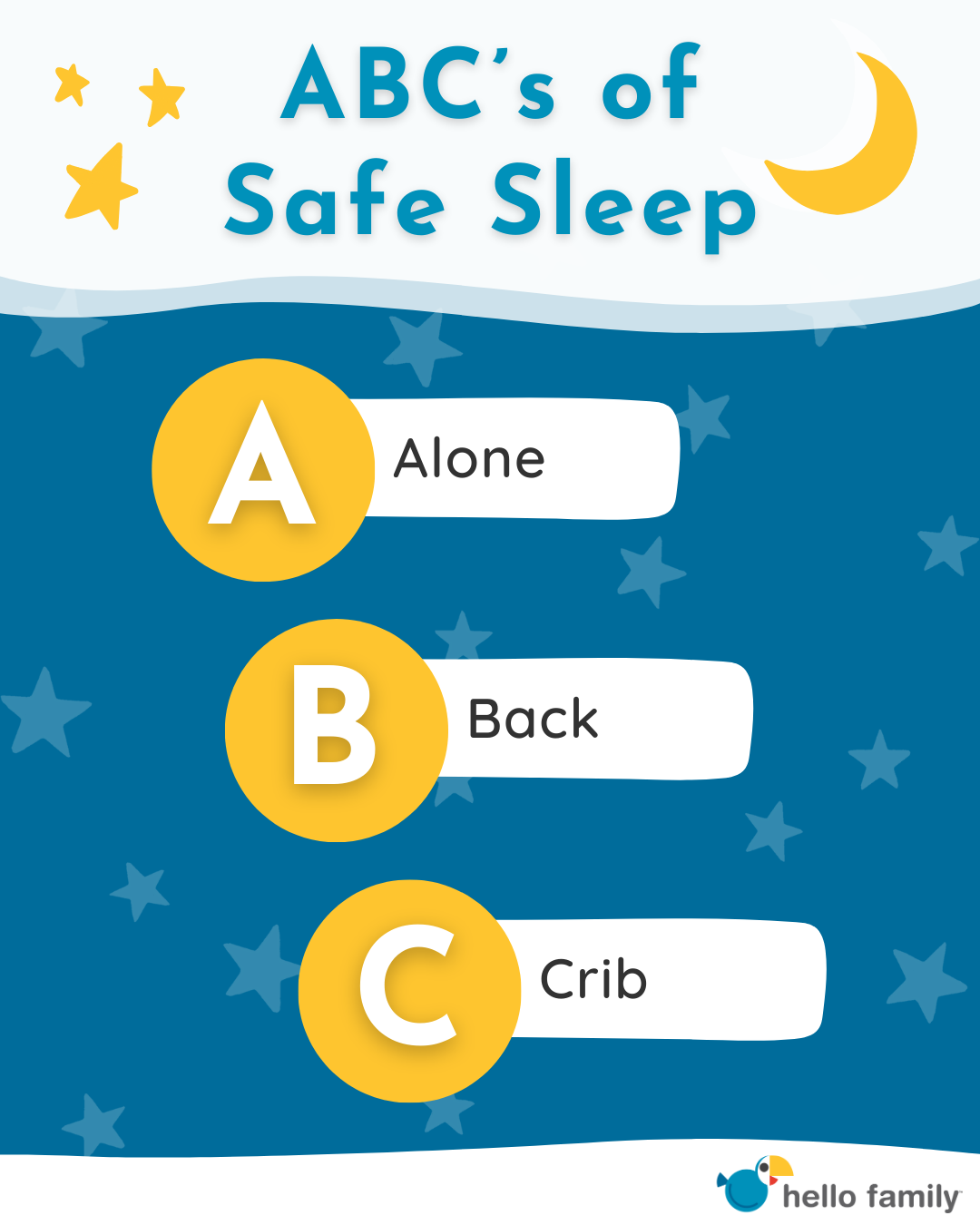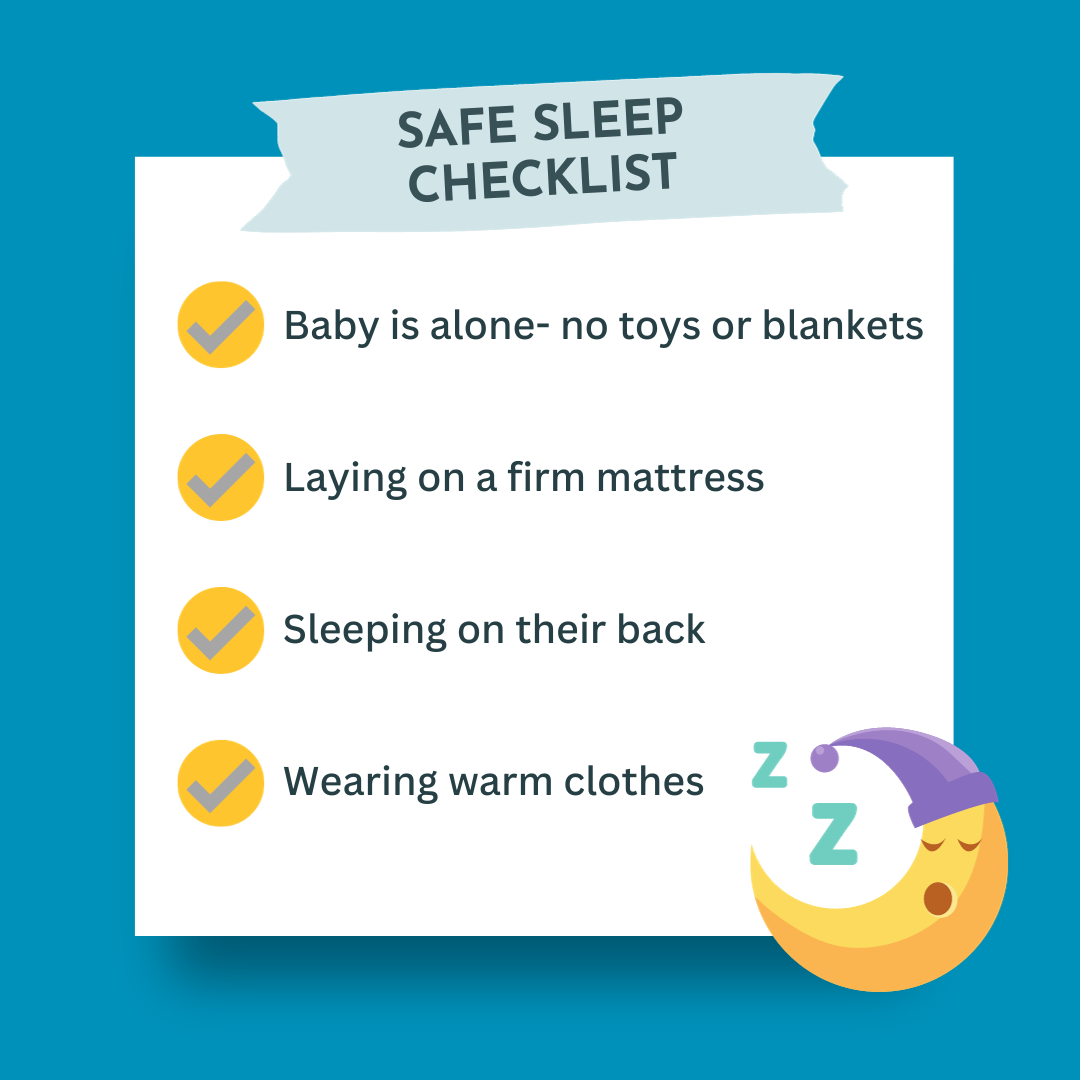Creating Safe Sleep Spaces: A Guide for Parents
As parents, ensuring the safety and well-being of our infants and young children is top priority. One of the fundamental aspects of this care is providing a safe sleep environment. In this post, we'll delve into the importance of a secure sleeping space, provide you with a practical safe sleep checklist, and share an example of a soothing bedtime routine for your little ones.
The Importance of a Safe Sleep Environment
Creating a safe sleep environment is crucial to reduce the risk of sudden infant death syndrome (SIDS) and other sleep-related accidents. Here are some key factors to consider:
- Back to Sleep: Always place your baby on their back for naps and bedtime until their first birthday. This position reduces the risk of SIDS.
- Use a Firm Mattress: Ensure your baby sleeps on a firm, flat surface, such as a crib mattress, covered with a fitted sheet.
- Keep the Crib Empty: Remove toys, pillows, bumper pads, and loose bedding from the crib. These items can pose suffocation hazards.
- Room Sharing: Experts recommend room-sharing (as opposed to bed sharing) with your baby for the first six months to a year, as it can reduce the risk of SIDS.
- Avoid Overheating: Dress your baby in lightweight, breathable layers, and maintain a comfortable room temperature (around 68-72°F).
|
|
Here's a handy checklist to ensure your baby's sleep environment is as safe as can be:
|
A consistent bedtime routine can help your child wind down and signal that it's time to sleep. Here's an example of things you could include in your bedtime routine:
- Bath Time: Start with a warm, calming bath. This can help relax your child's muscles and soothe them before bedtime.
- PJ Time: After the bath, dress your child in their cozy pajamas.
- Story Time: Spend some quality time reading a bedtime story together. Choose gentle, calming books to set the right mood.
- Snuggle Time: Give your child a few minutes of cuddle time or a gentle massage to help them relax.
- Quiet Time: Turn down the lights and create a calming atmosphere in your child's room.
- Bedtime Song: Sing a soft lullaby or play soothing music.
- Goodnight Kiss: Give your child a goodnight kiss and tuck them into bed.
- Be consistent: Stick to the same routine every night to help your child establish a healthy sleep pattern.
|
Remember, every child is unique, and what works best for one may not work for another. Adapt the routine to suit your child's preferences and needs.
Creating a safe sleep environment and a consistent bedtime routine can lead to better sleep for both you and your little one. By following these guidelines, you'll be well on your way to providing a safe + cozy sleeping space for your bundle of joy. |
 |
Check out these resources for more info:
CDC Helping Babies Sleep Safely
© 2025 Hello Family. All Rights Reserved|
Privacy | Cookies |
Site by ALINE, A Marketing Company
1562654553.png)
